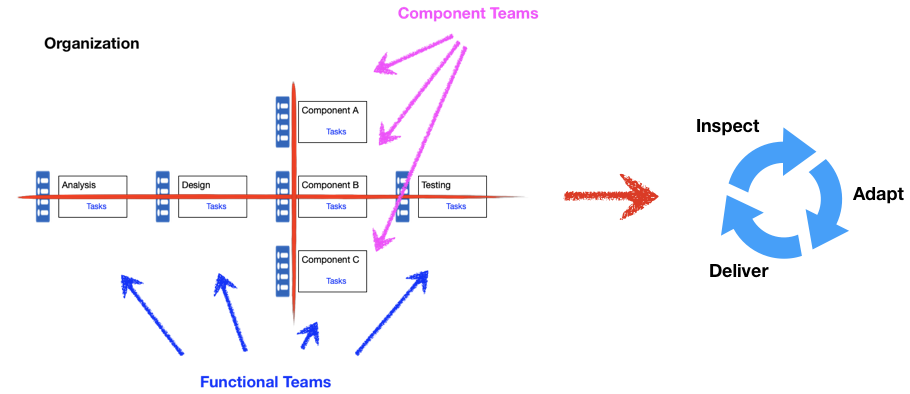Overcoming the false dichotomy of Specialization vs Generalization with Scrum
Virtually every Team in their first Sprint is confronted with the problem of single-specialization causing work imbalance. What happens? The Product Owner orders the Product Backlog to maximize value. But when the team members are specialized in a single dimension - such as QA, Java development, front-end development - some team members regularly will find themselves with no work related to their area of specialization. Single-specialization inevitably causes work imbalance.

